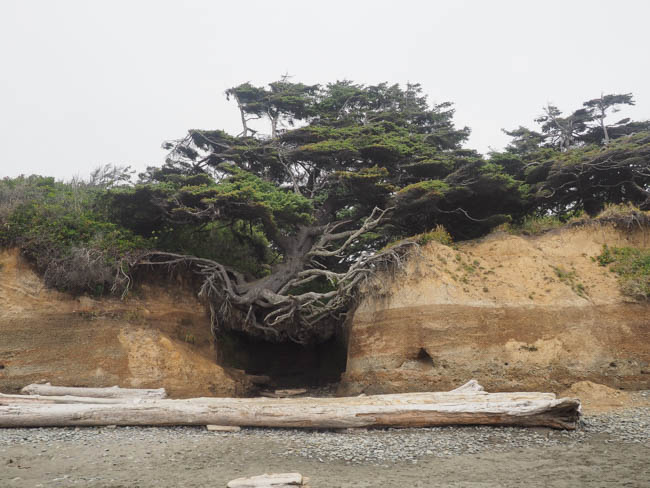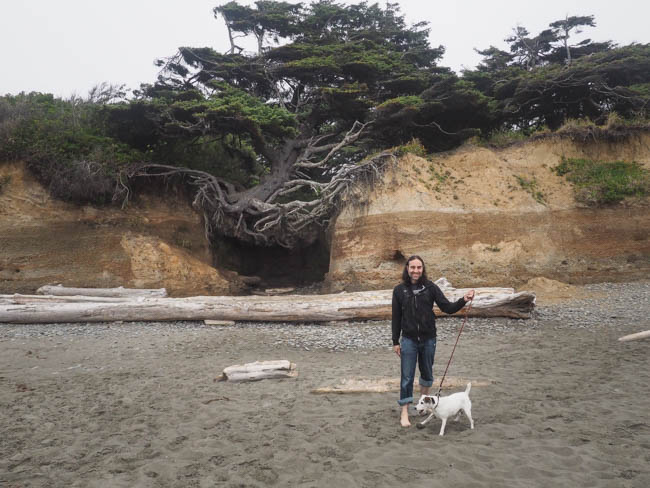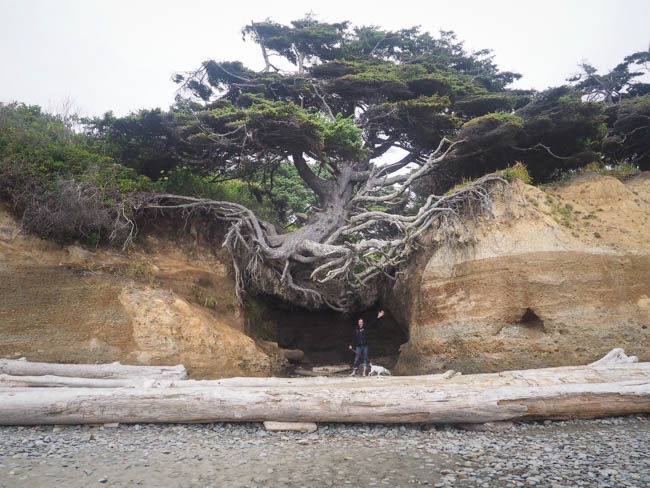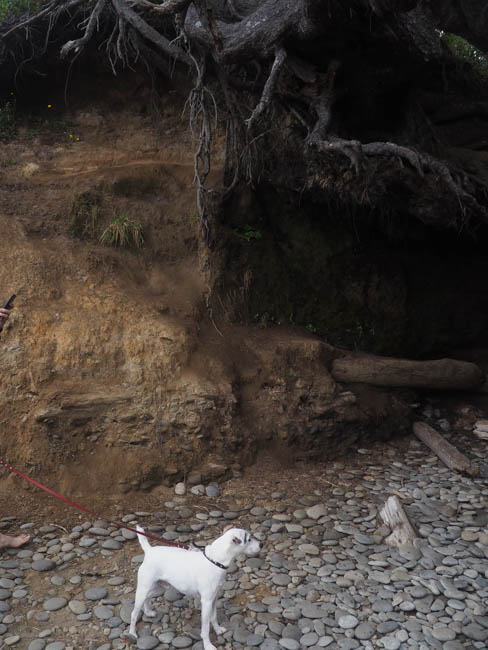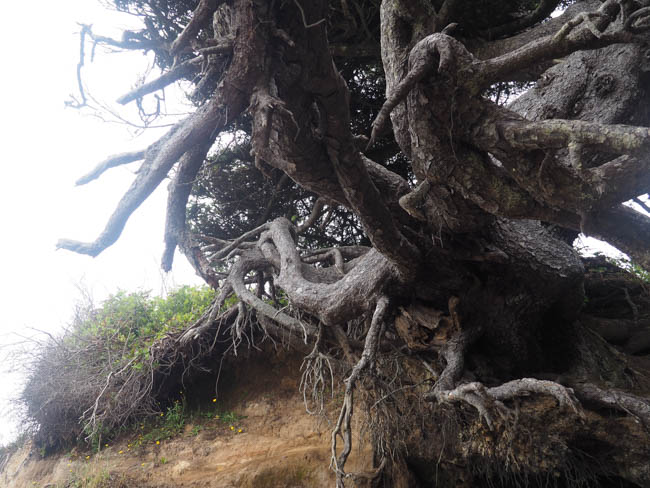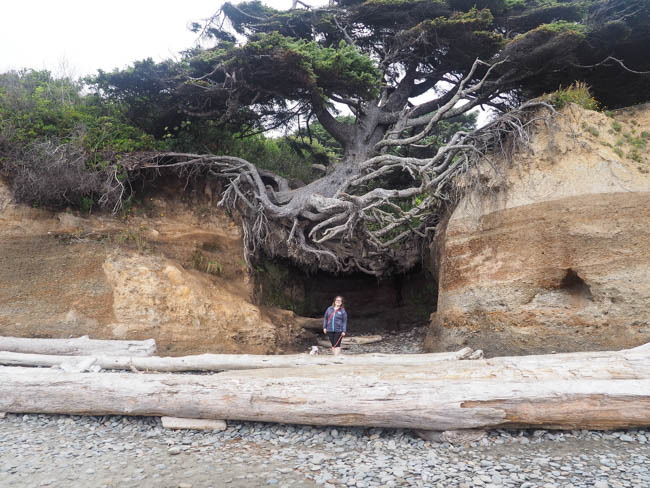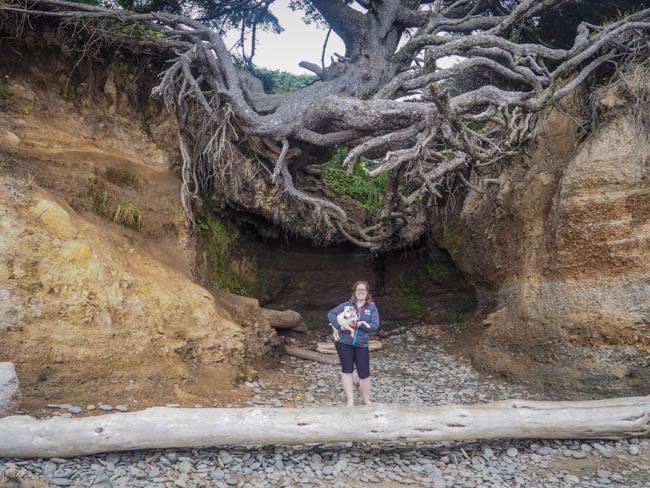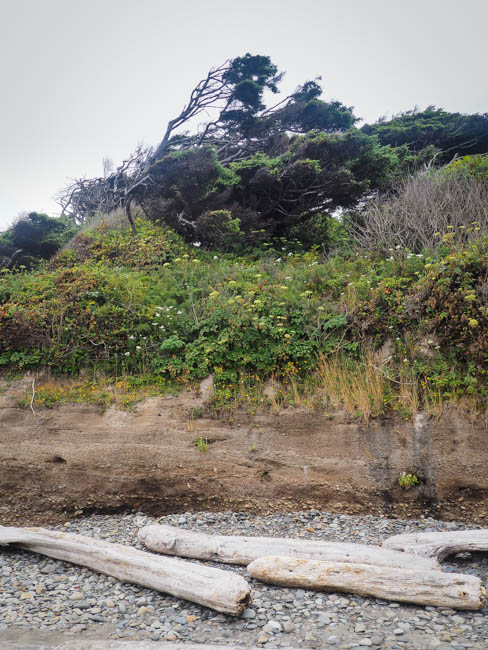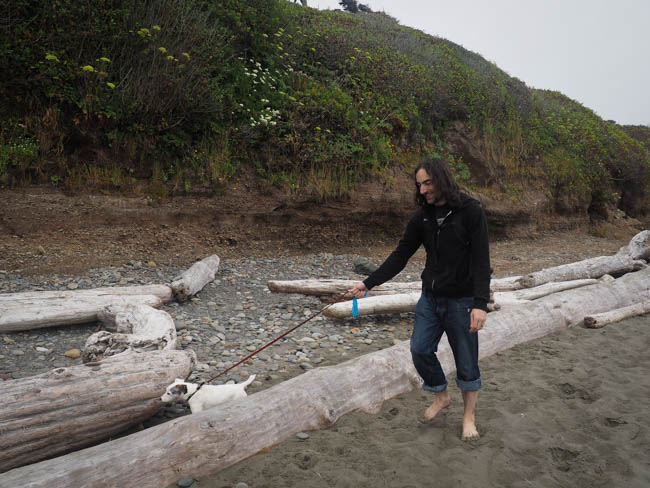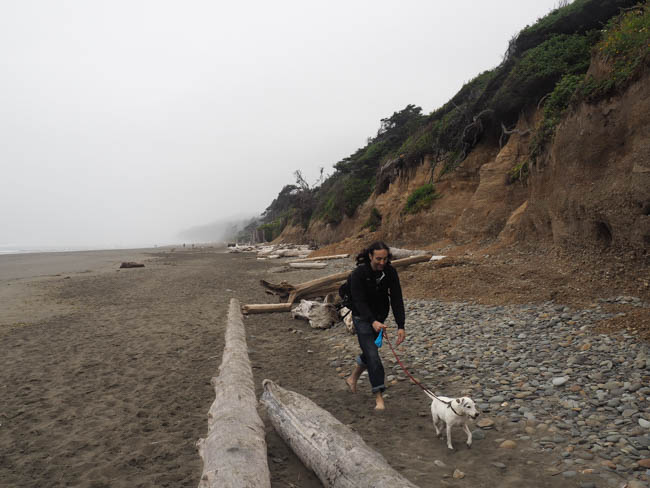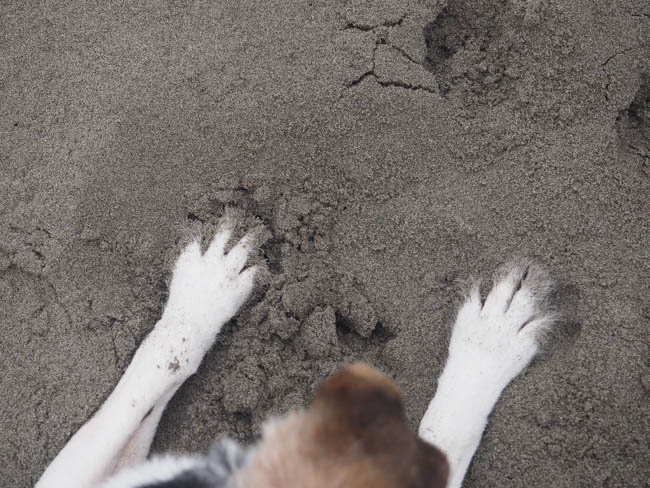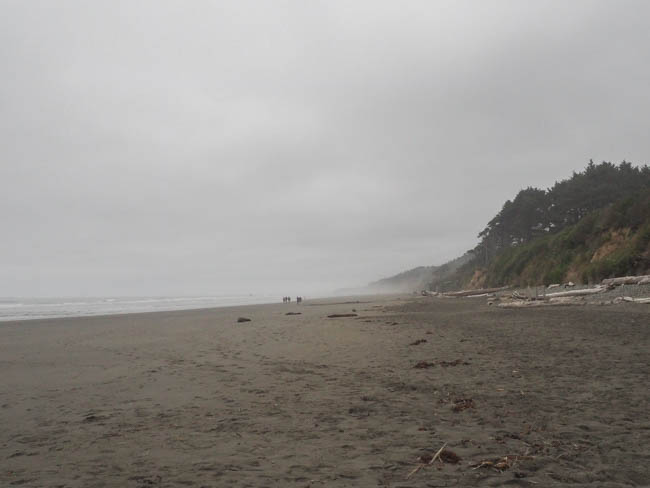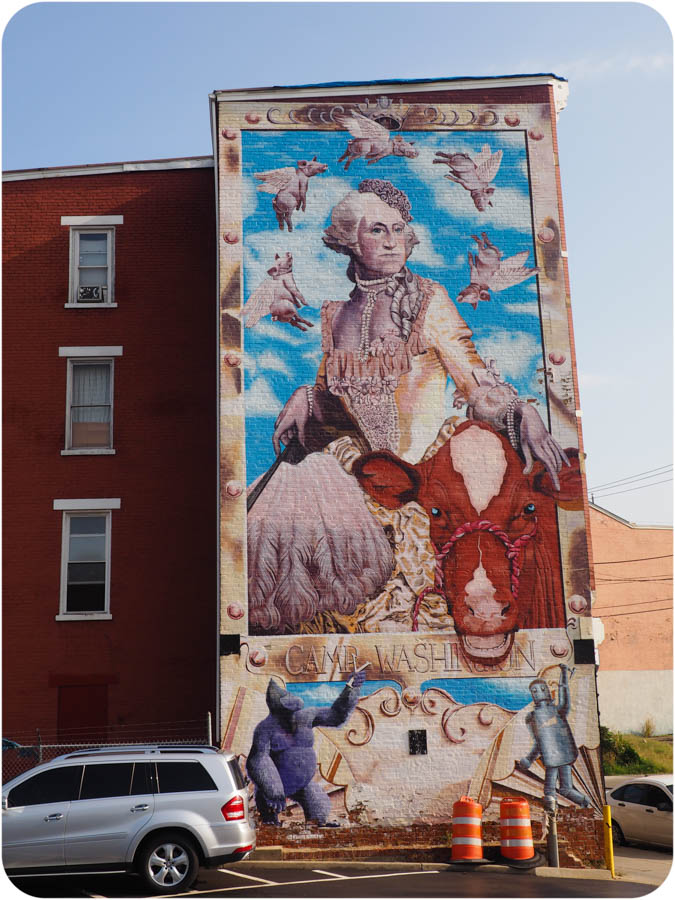
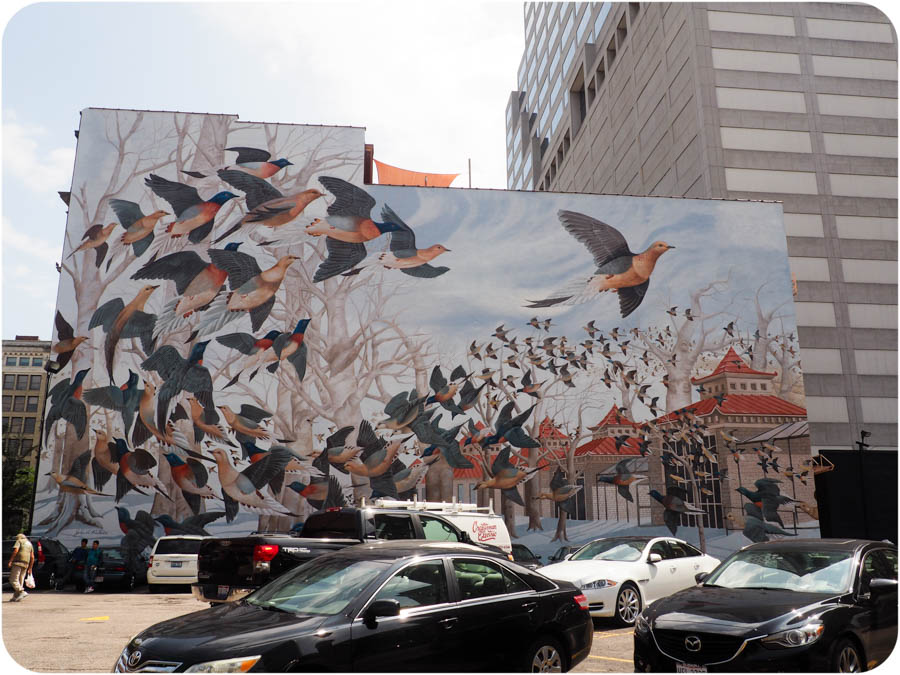
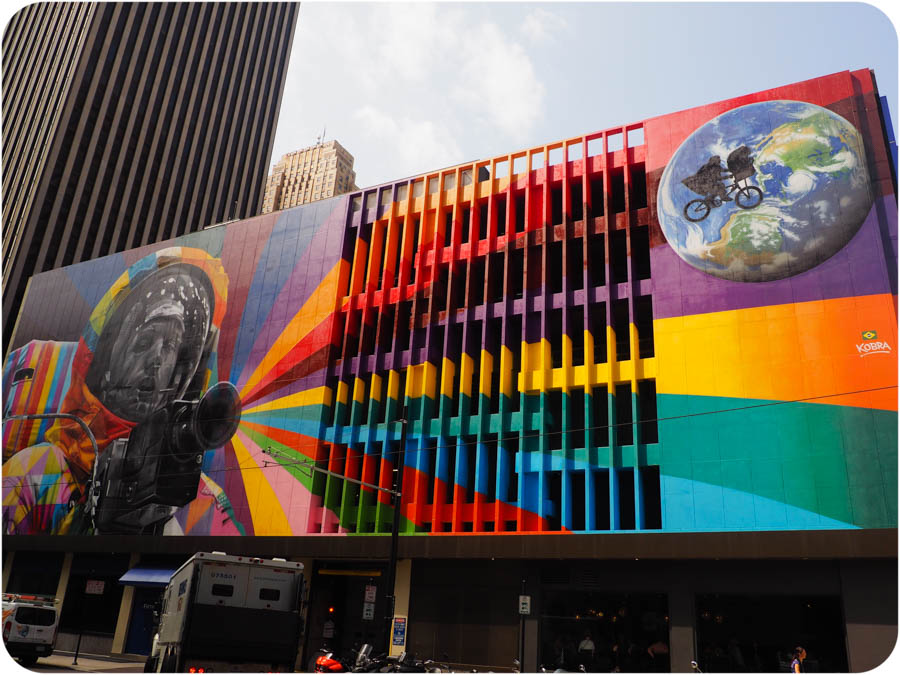
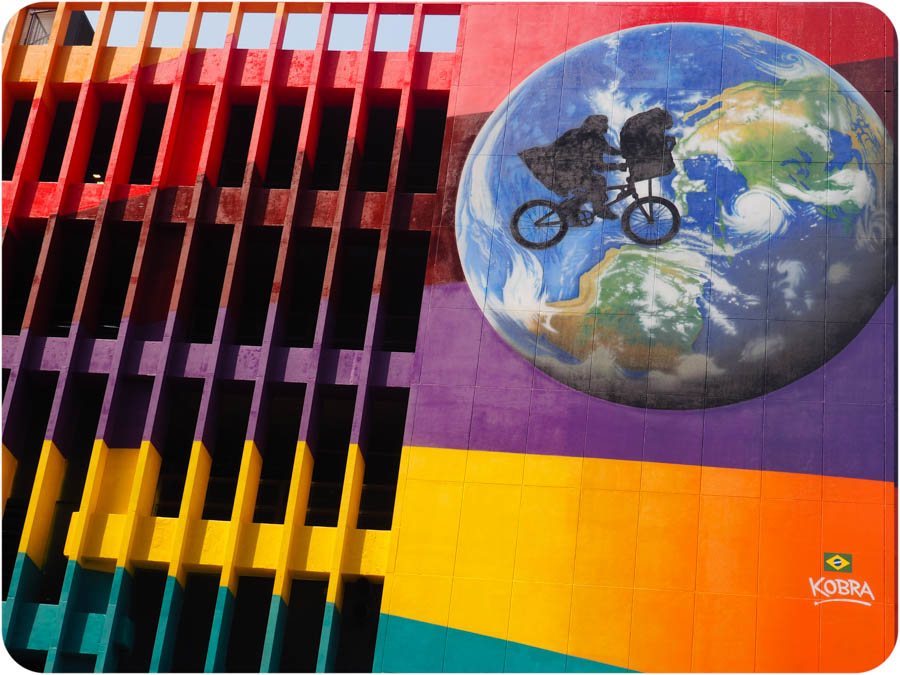
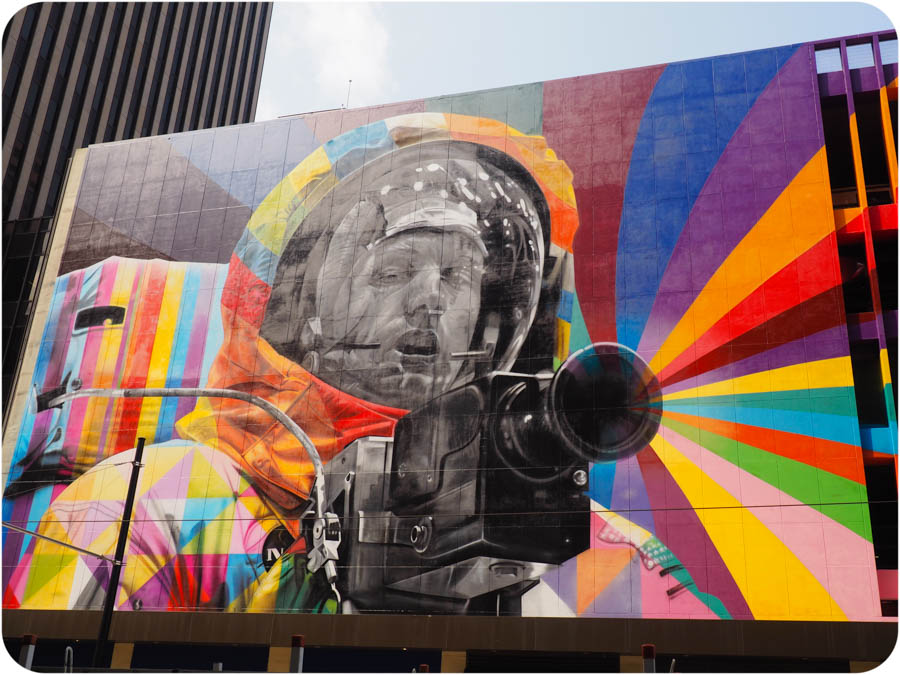
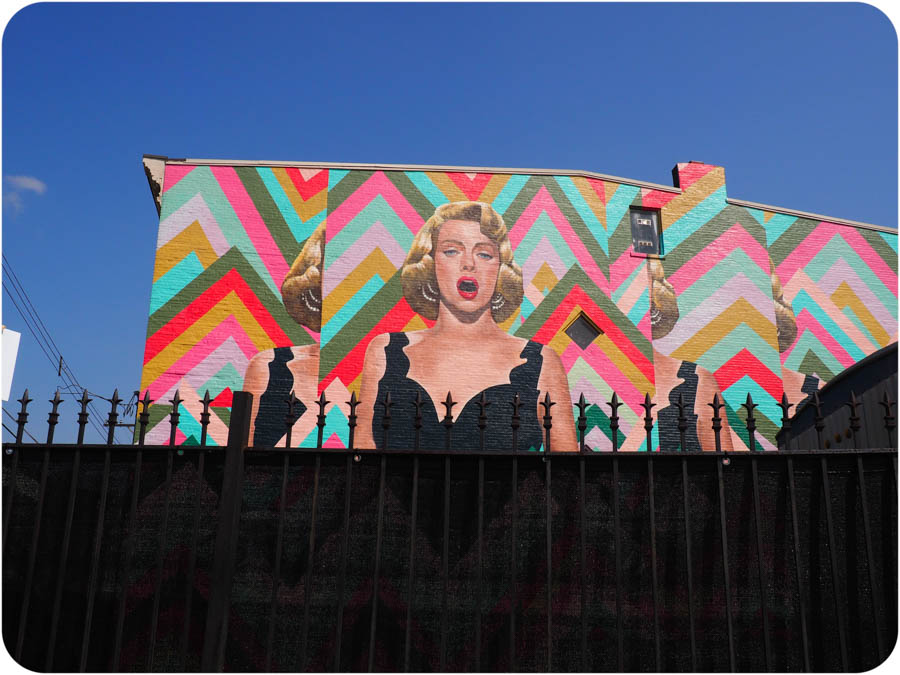
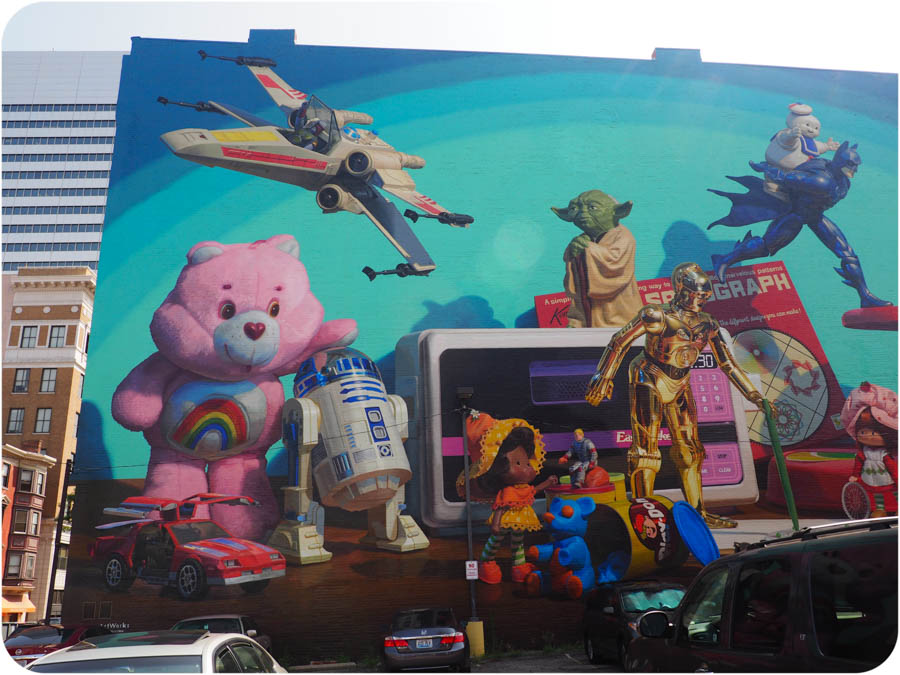
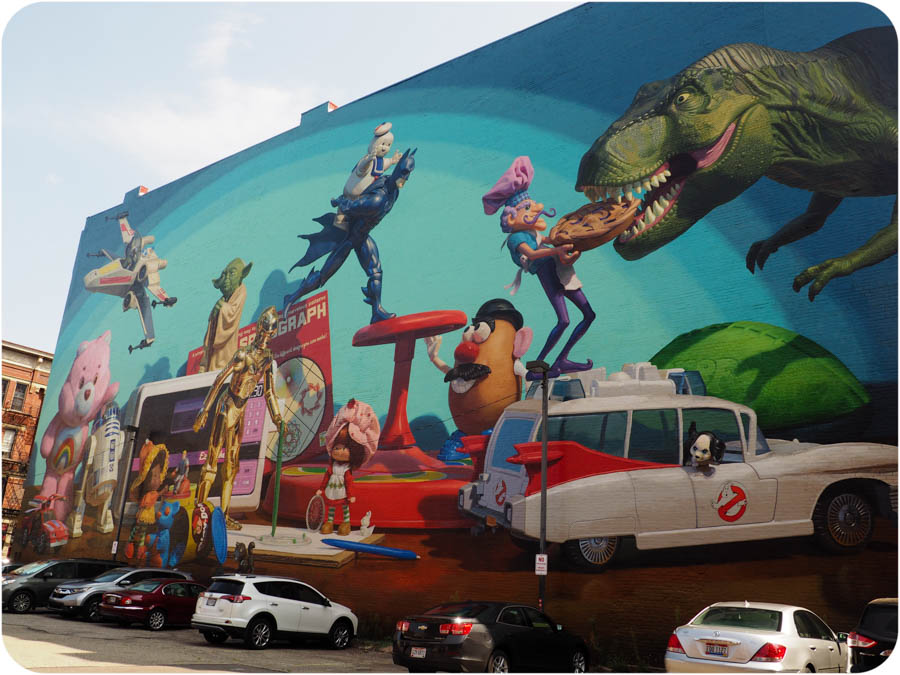

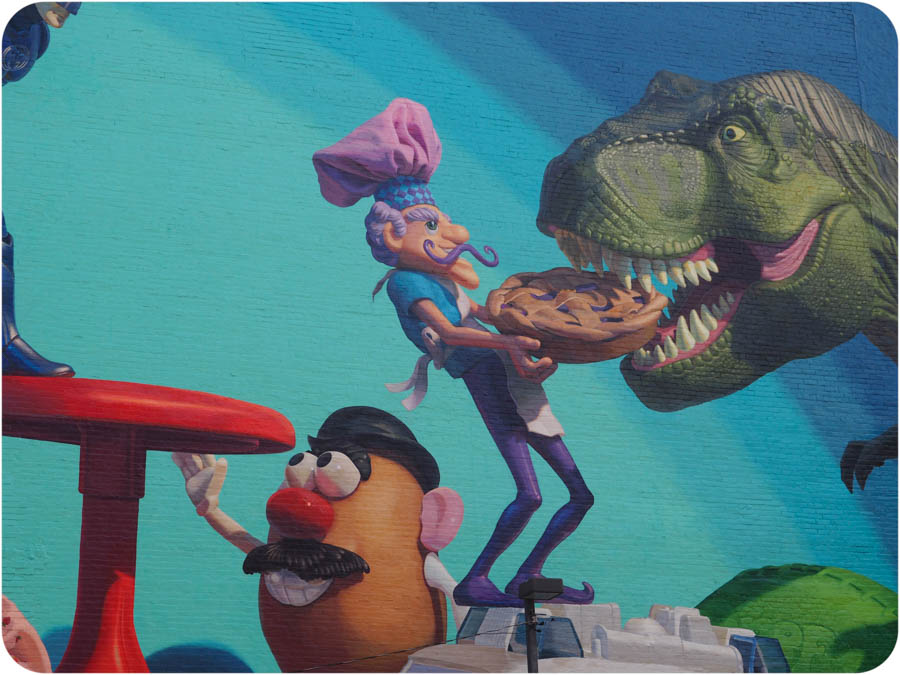
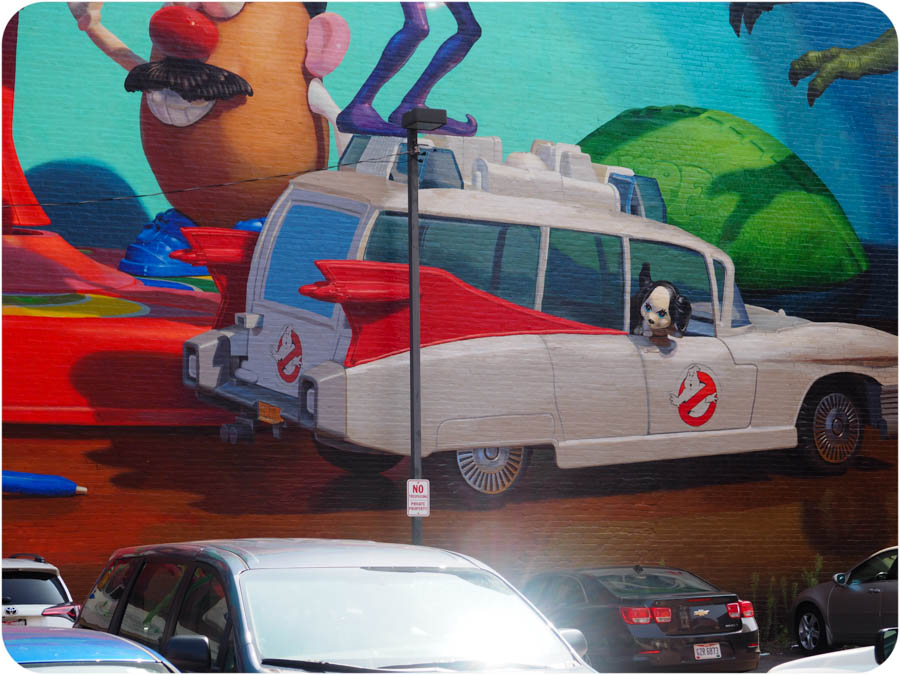


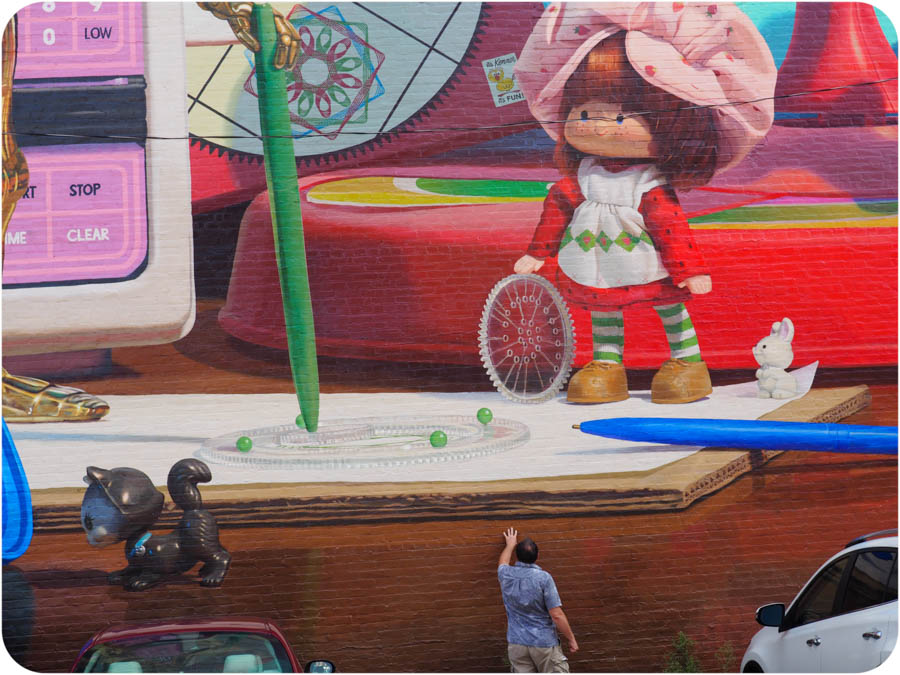
Cincinnati is FULL of murals celebrating the neighborhoods and notable residents they’ve had throughout the years–a public arts campaign began in 2007 and has continued through 2017, culminating in more than 100 murals that place art into residents’ daily lives. Obviously my favorite was the toy mural, which could have easily been called “80s child nostalgia”. I can almost smell those barely lightbulb warmed treats now.

Campy Washington spotted on Colerain Ave
Martha, The Last Passenger Pigeon spotted on Vine St
Armstrong spotted on Walnut St
Swing Around Rosie spotted on W Liberty St
Cincinnati Toy Heritage spotted on W Court St

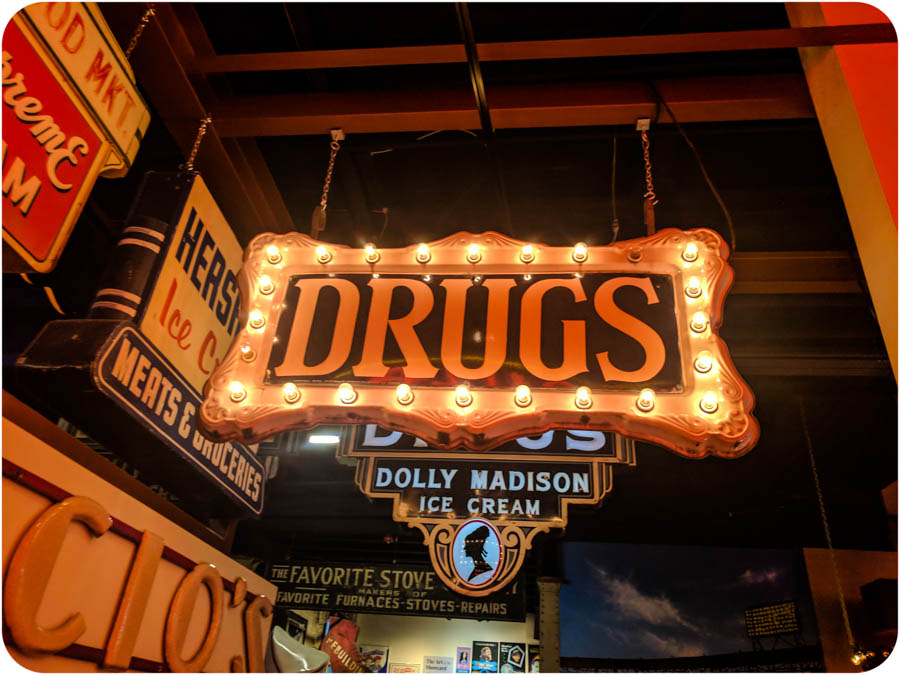
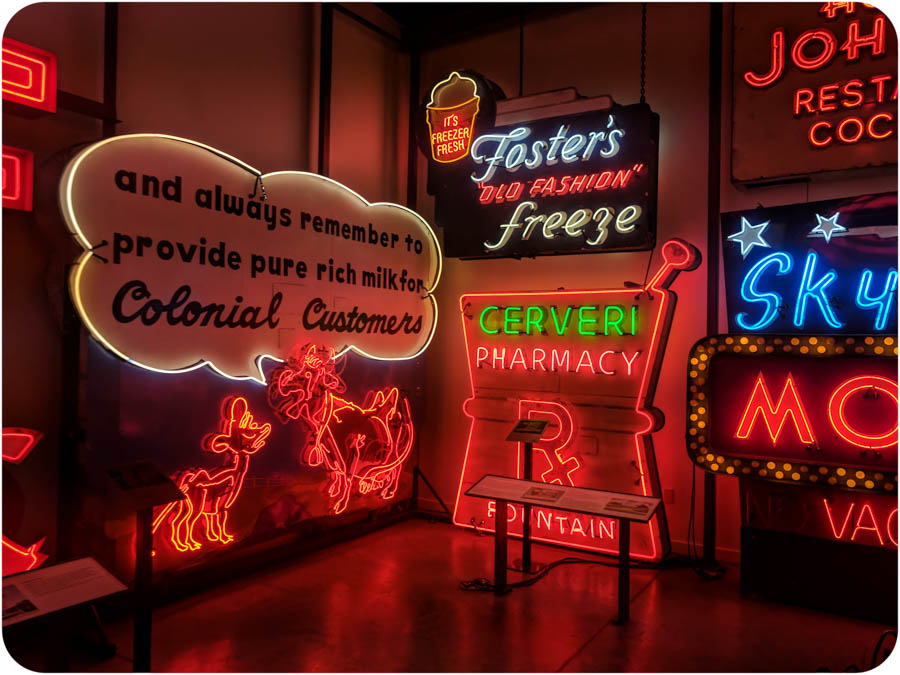
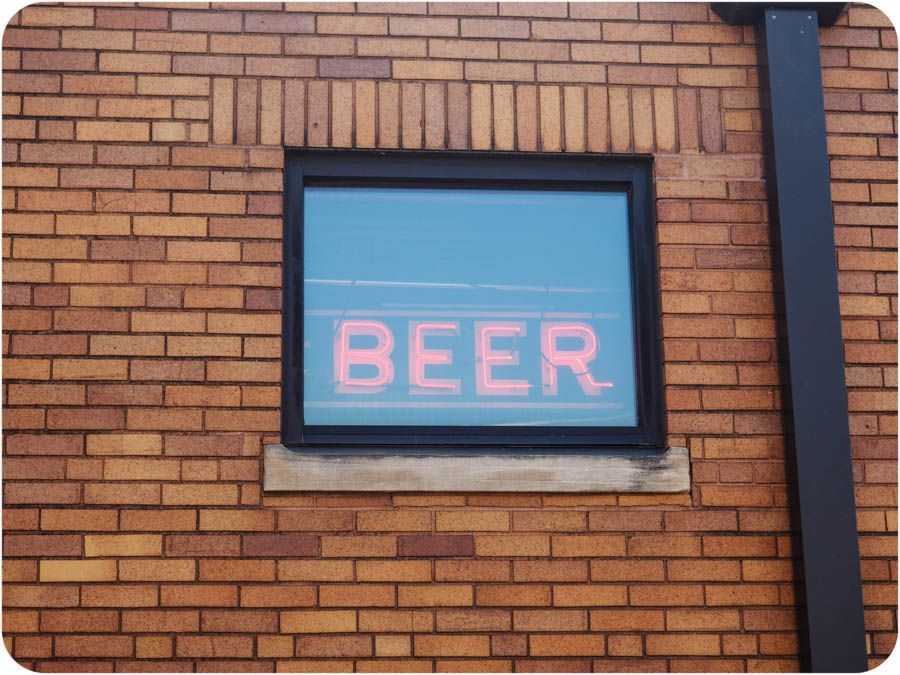


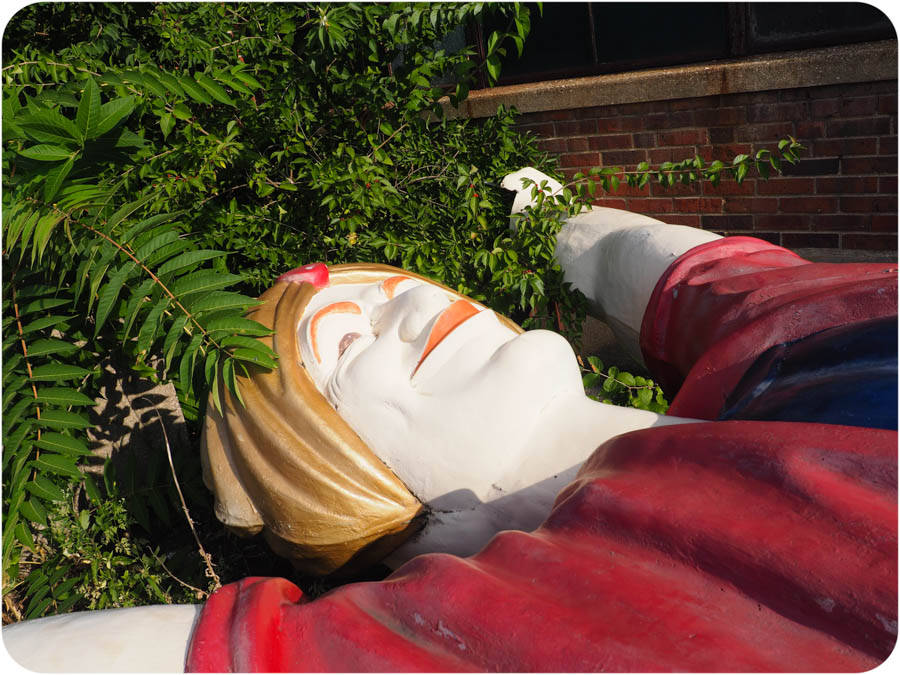
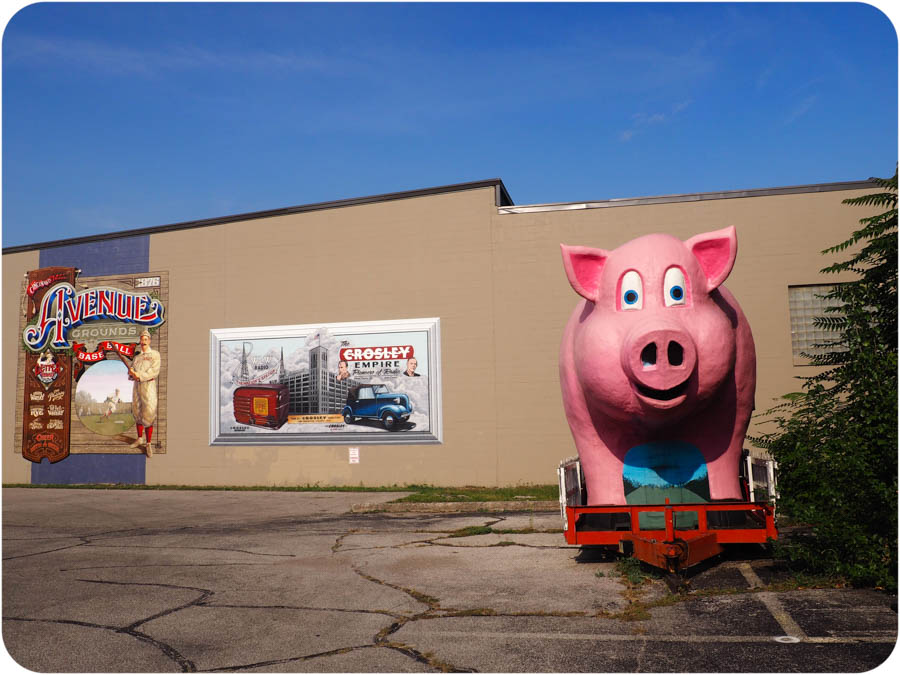
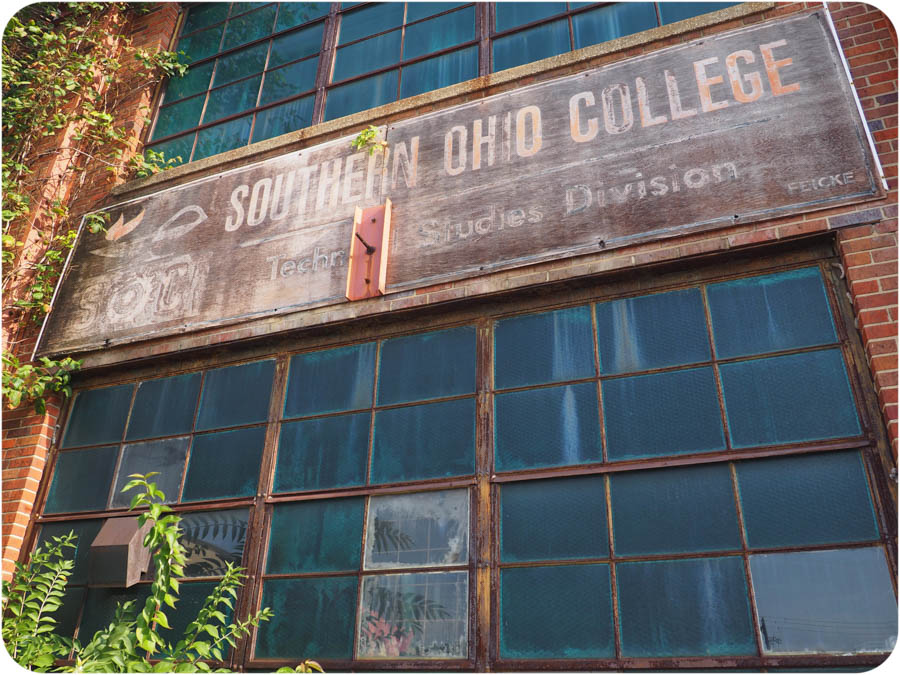
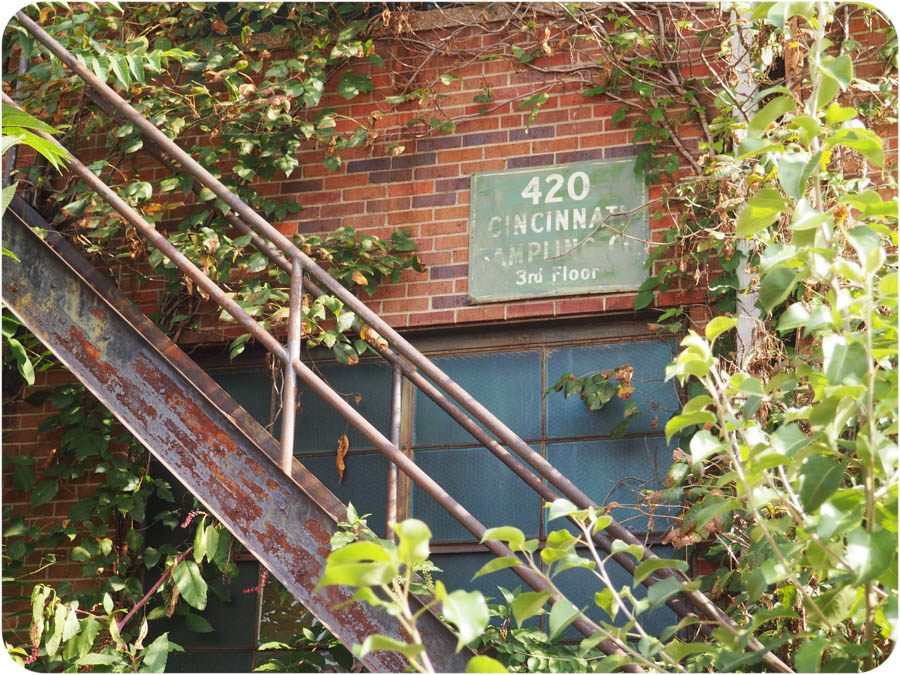
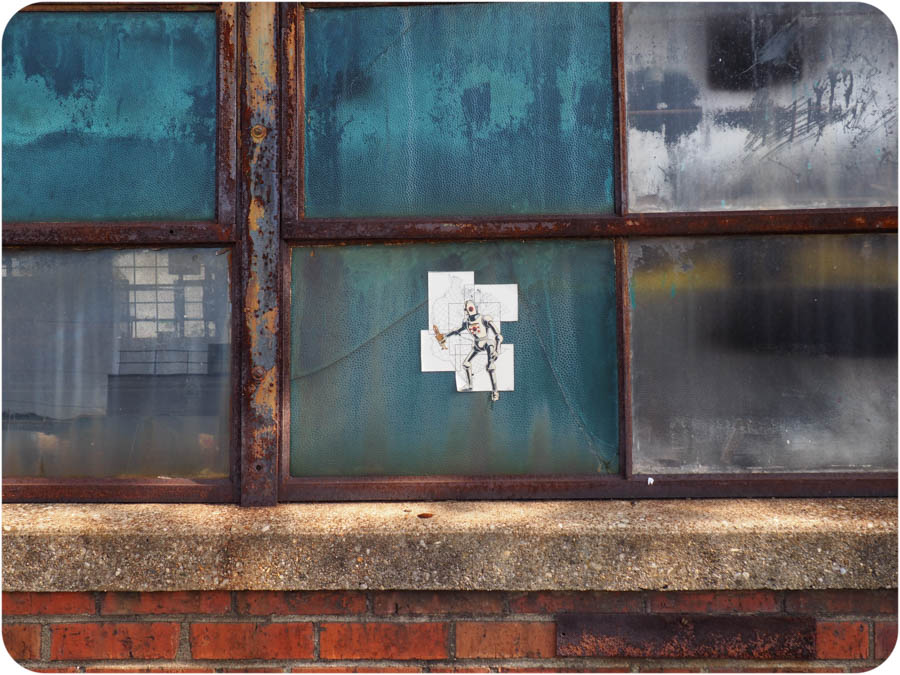
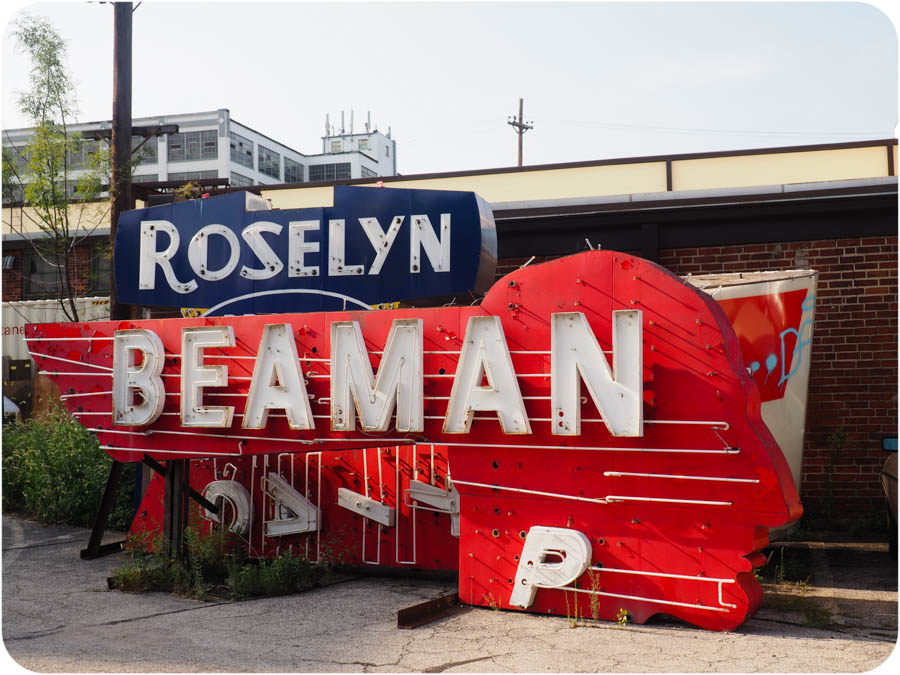
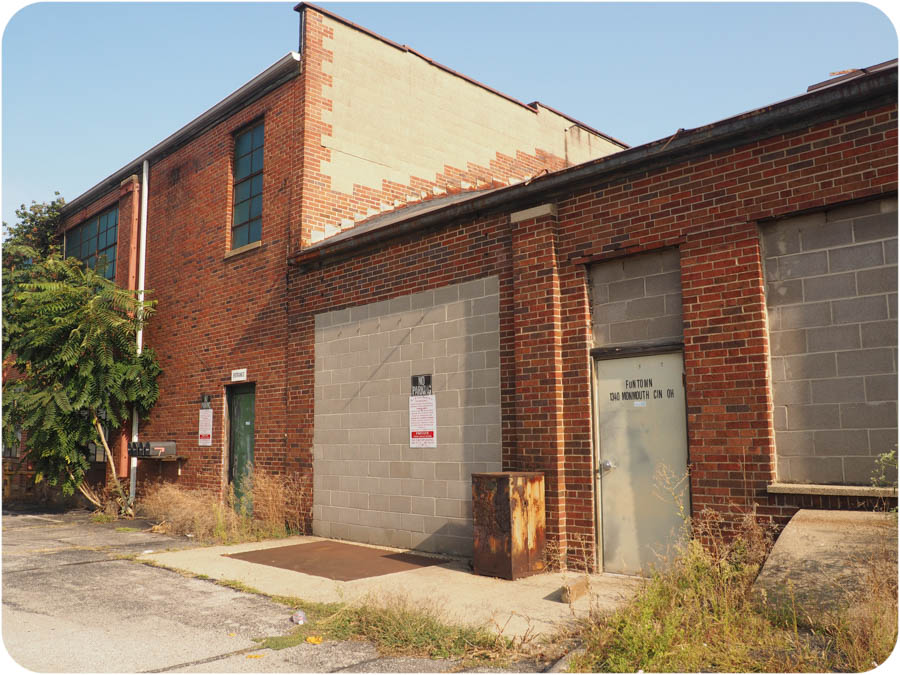 You can hardly read it here, but that door purports to lead to “funtown”. Not to judge a funtown by its door, but…run, children. Run.
You can hardly read it here, but that door purports to lead to “funtown”. Not to judge a funtown by its door, but…run, children. Run.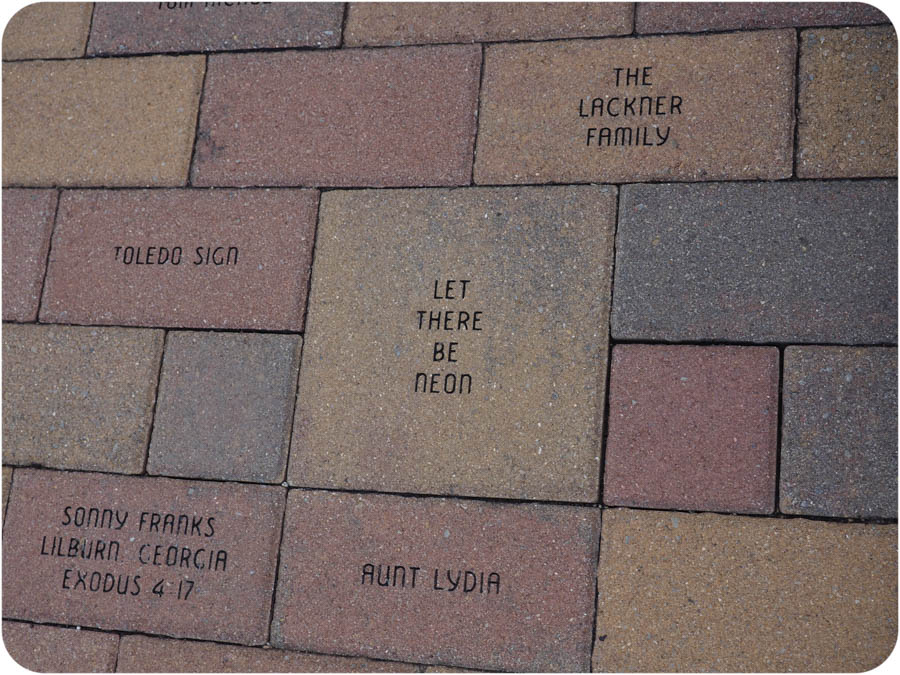
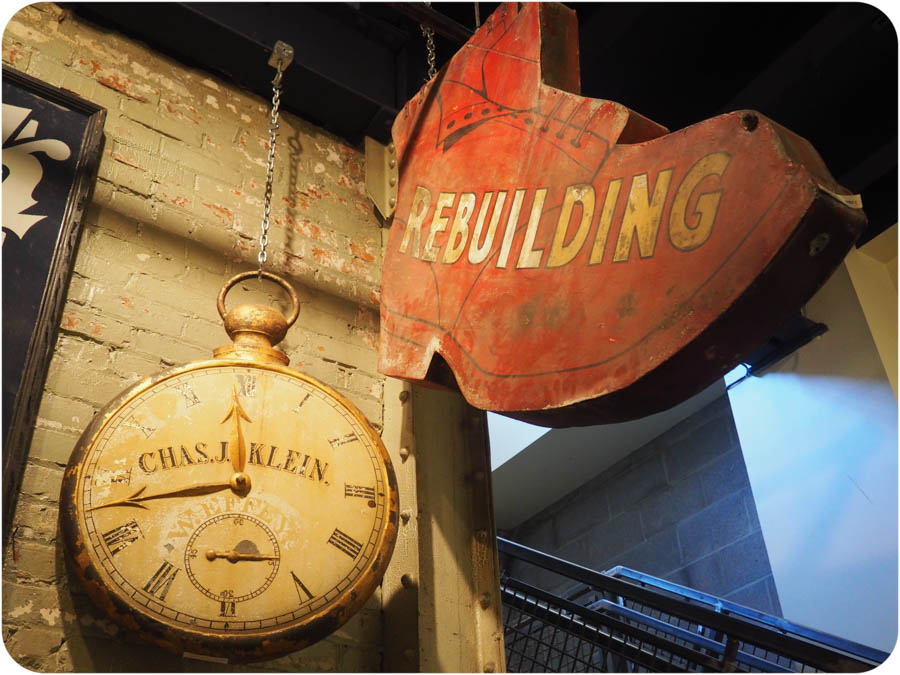
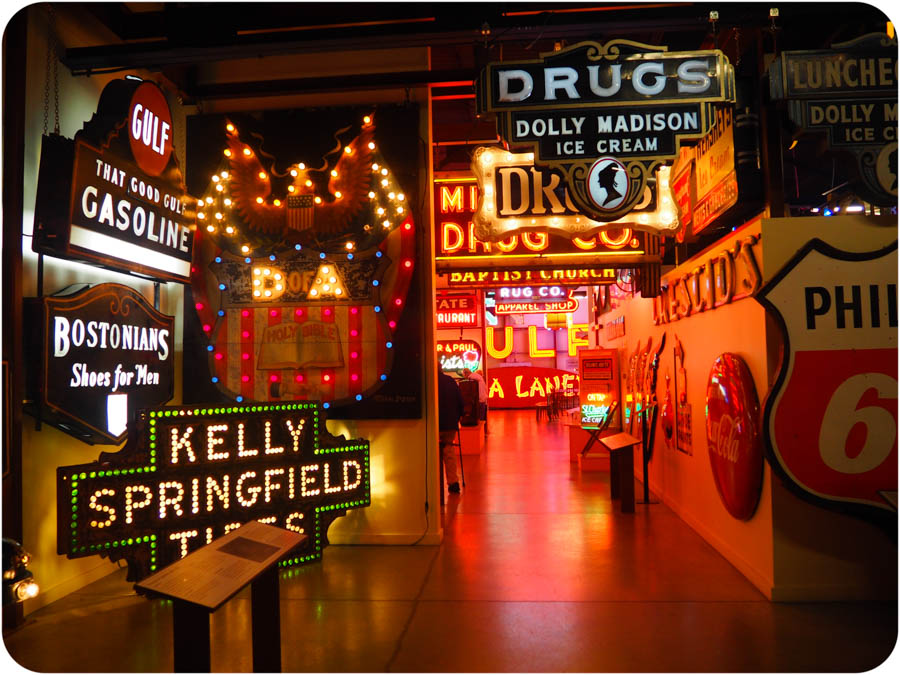
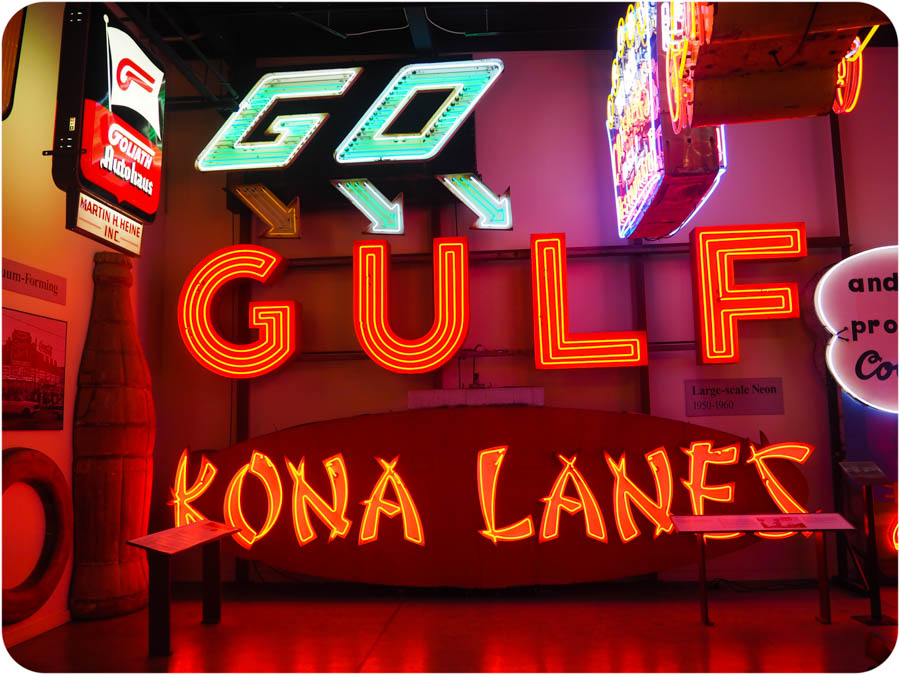
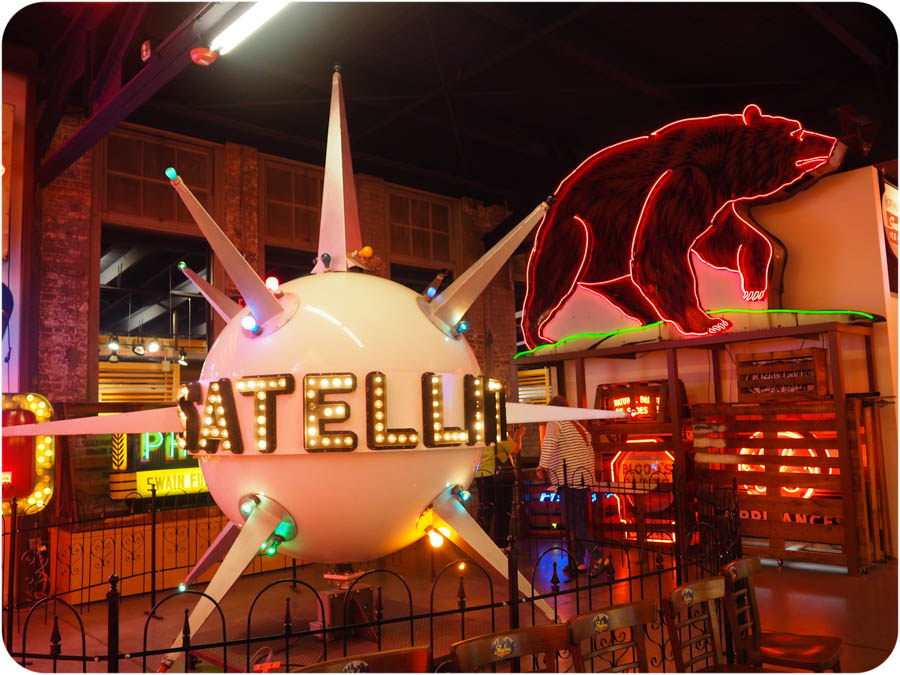
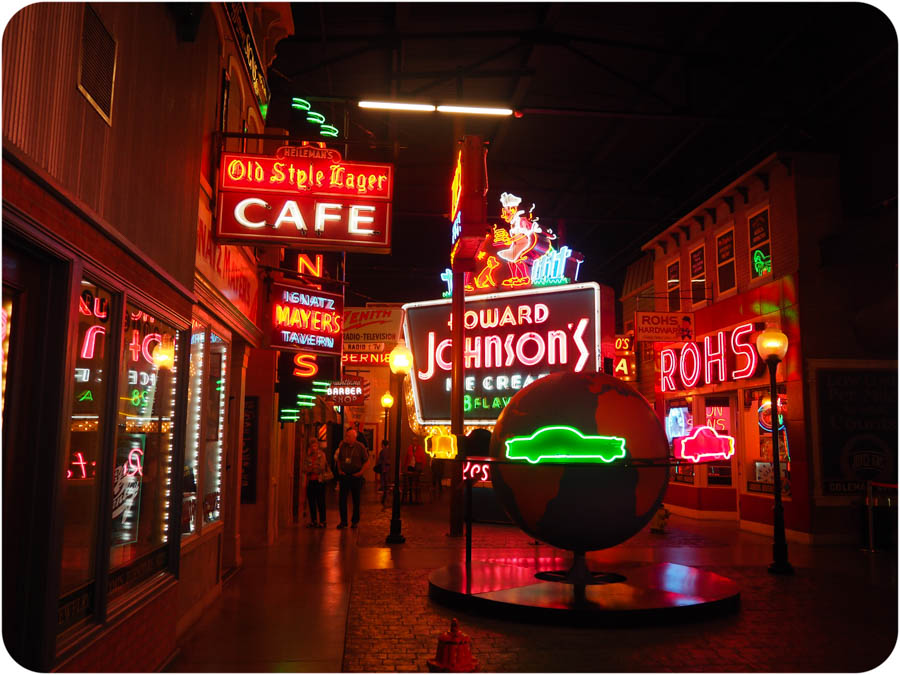
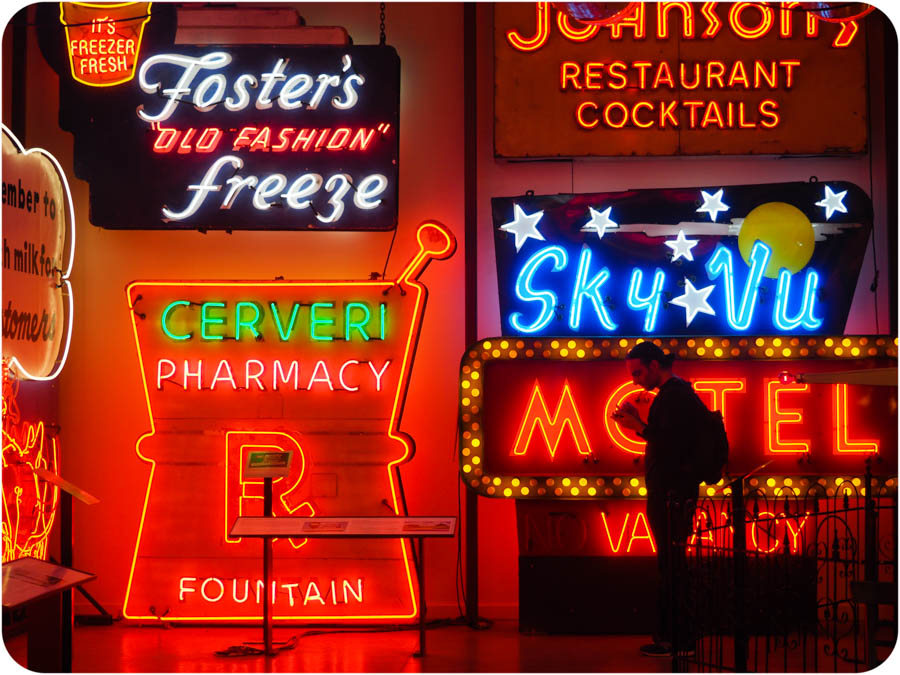

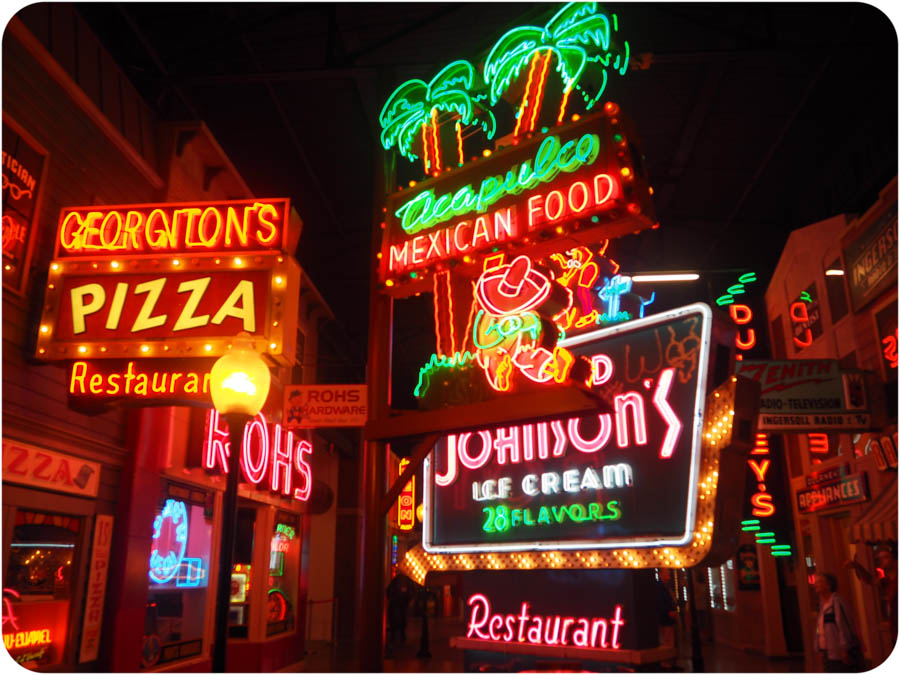
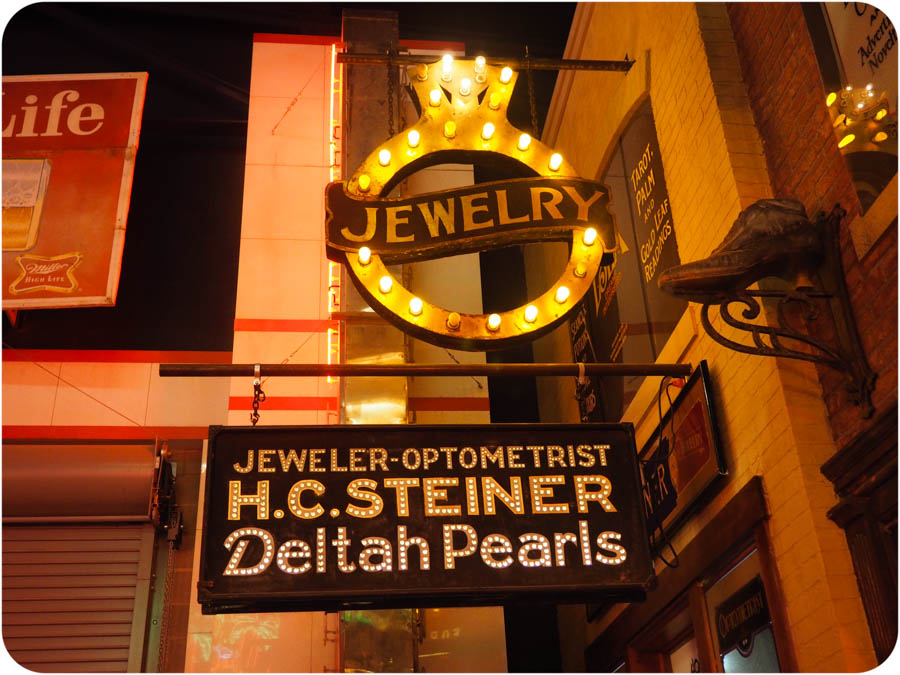
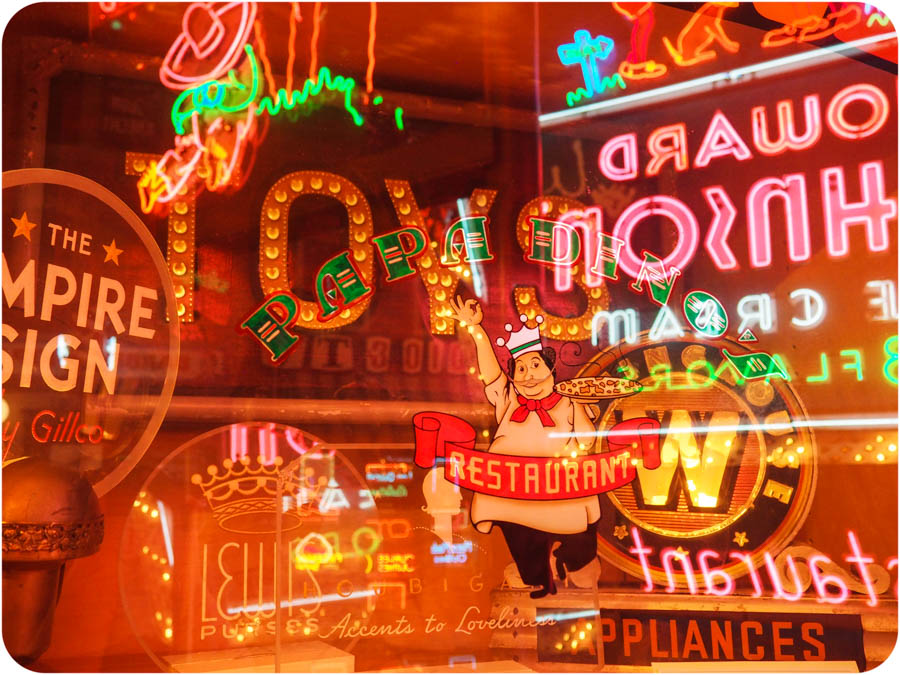
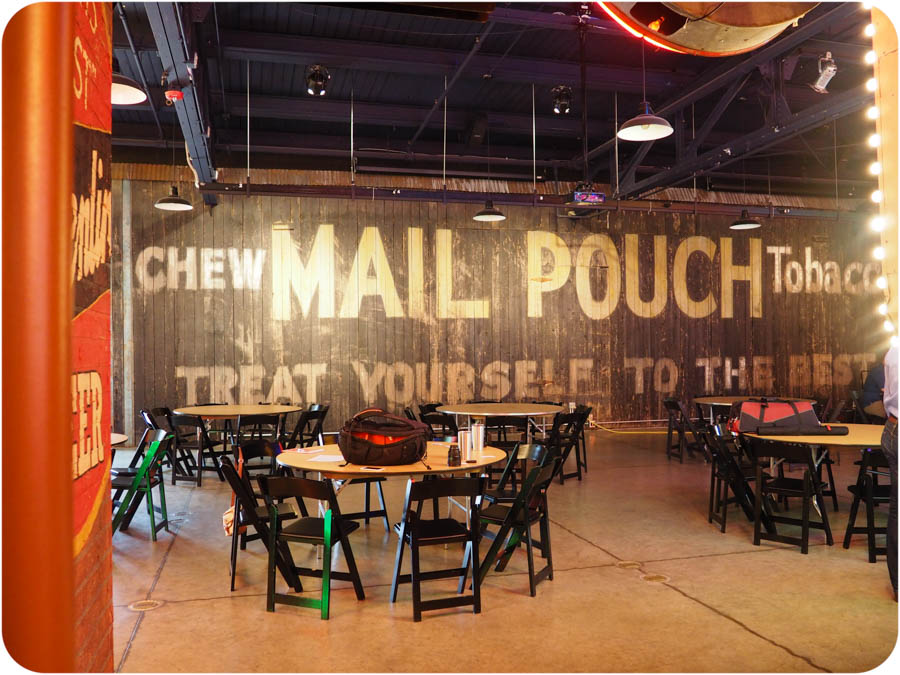
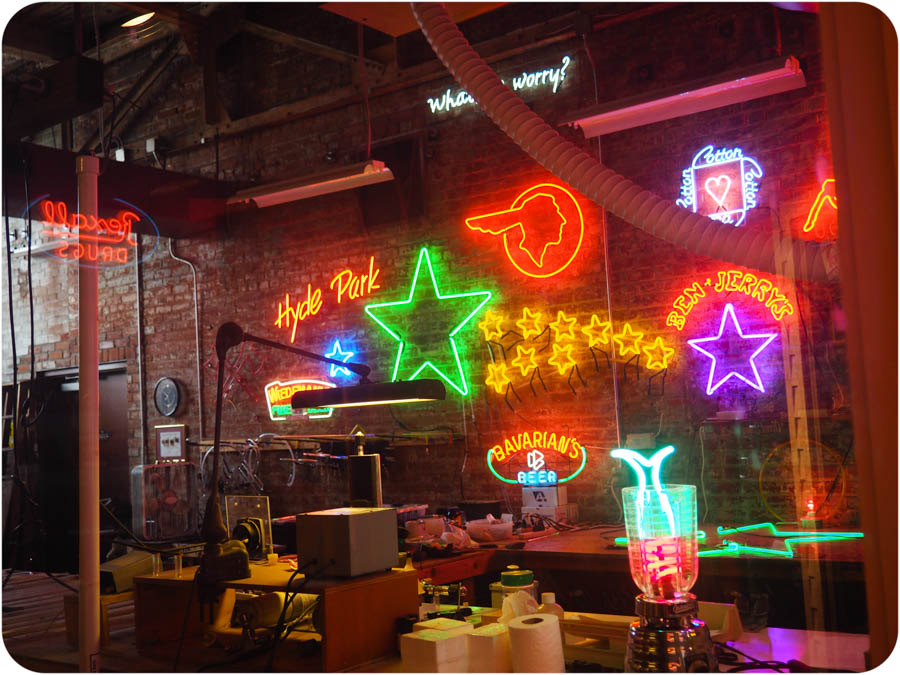 The fish in the blender is obviously my favorite, because a fish smoothie sounds like a
The fish in the blender is obviously my favorite, because a fish smoothie sounds like a 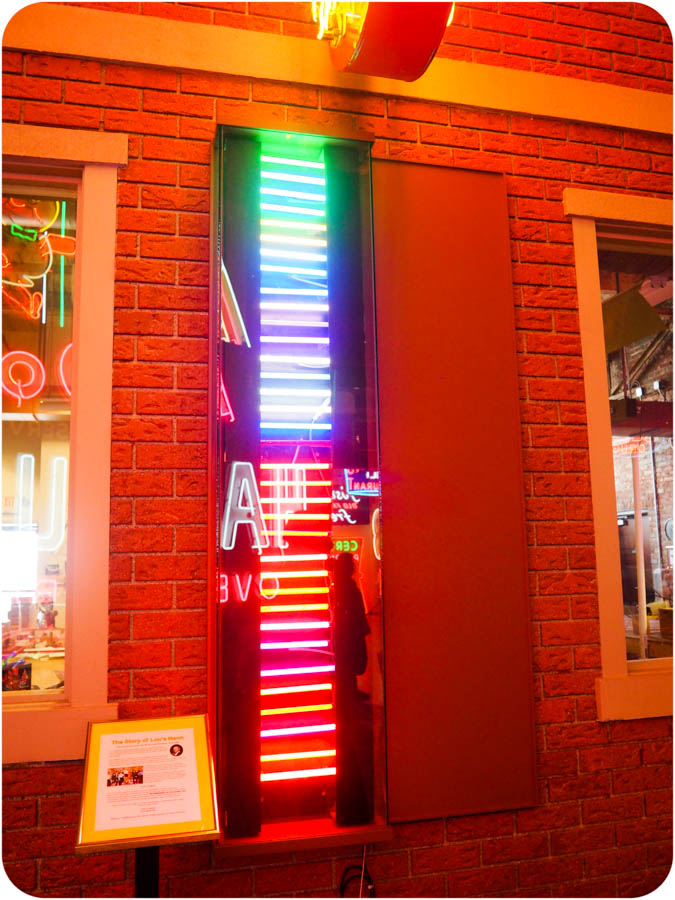
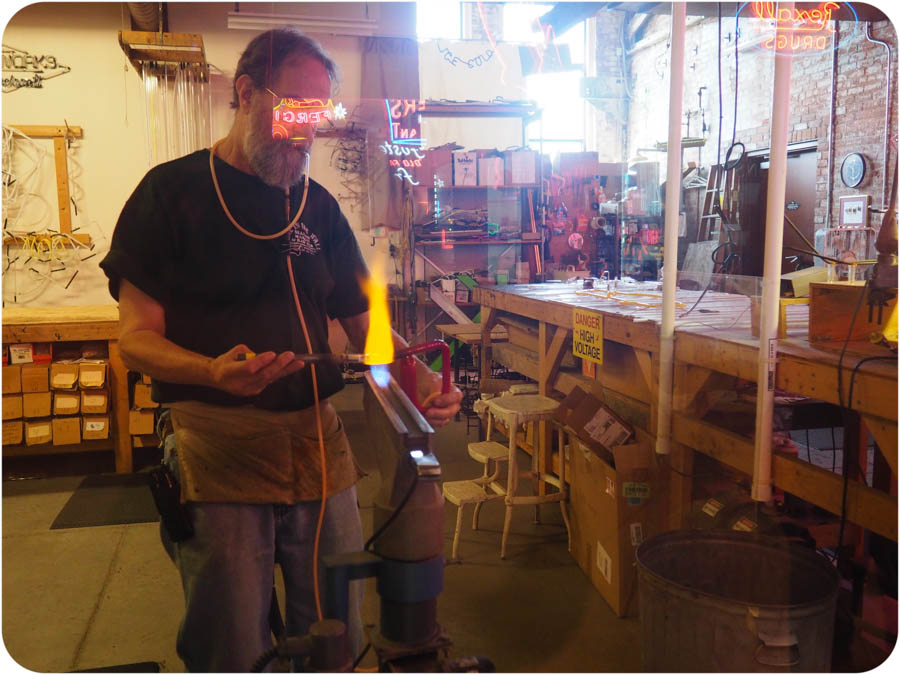 I’m 99.99999% sure that the person in this photo *is* Sign Industry Magazine Baron Tod Swormstedt. I literally was not even going to include this photo in the post until I did a triple-take whilst perusing their
I’m 99.99999% sure that the person in this photo *is* Sign Industry Magazine Baron Tod Swormstedt. I literally was not even going to include this photo in the post until I did a triple-take whilst perusing their 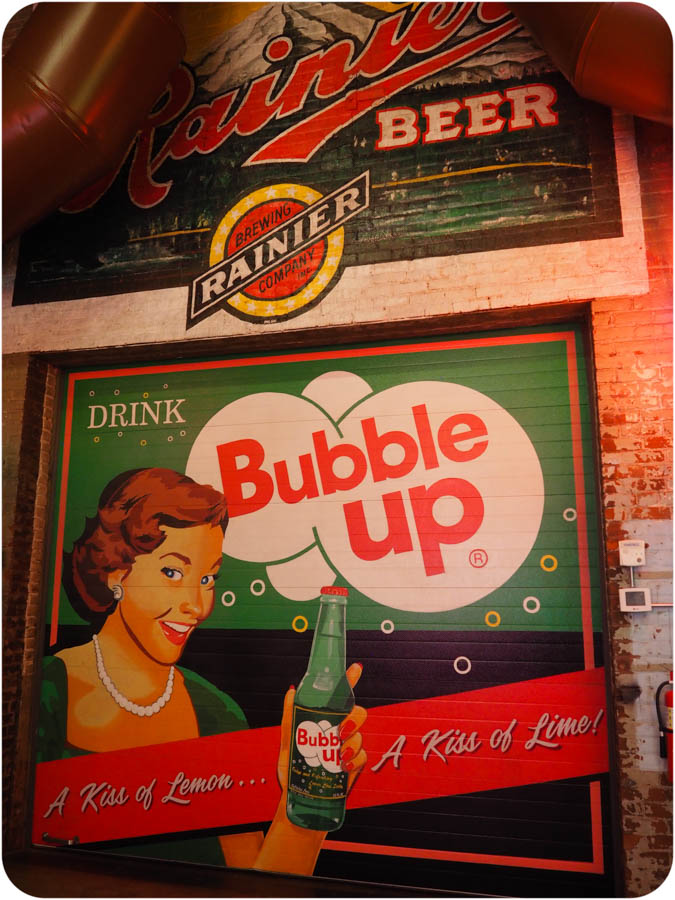
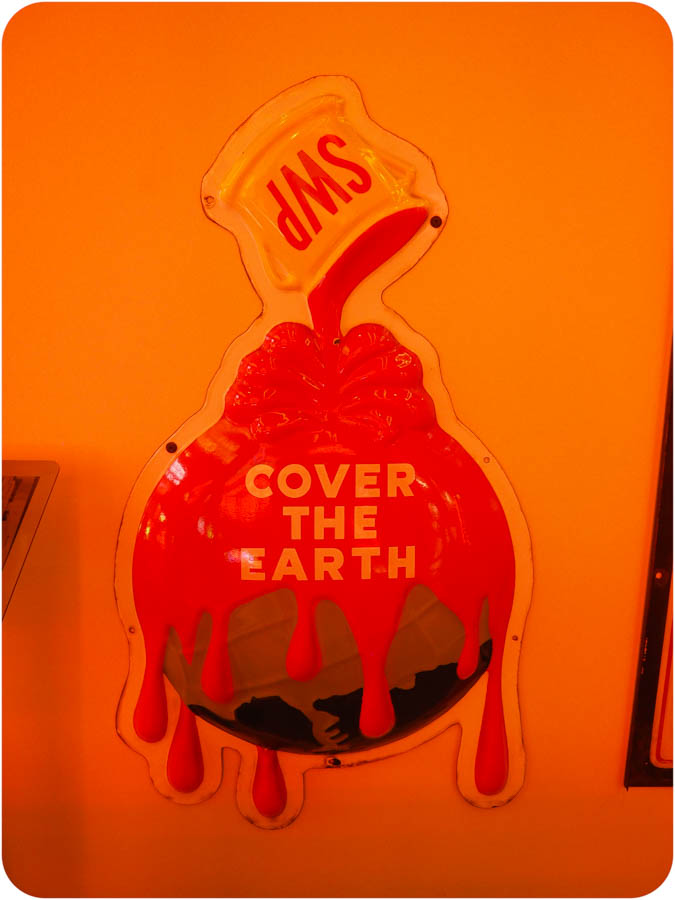 That feels less like an ad, and more like a threat, just saying.
That feels less like an ad, and more like a threat, just saying.